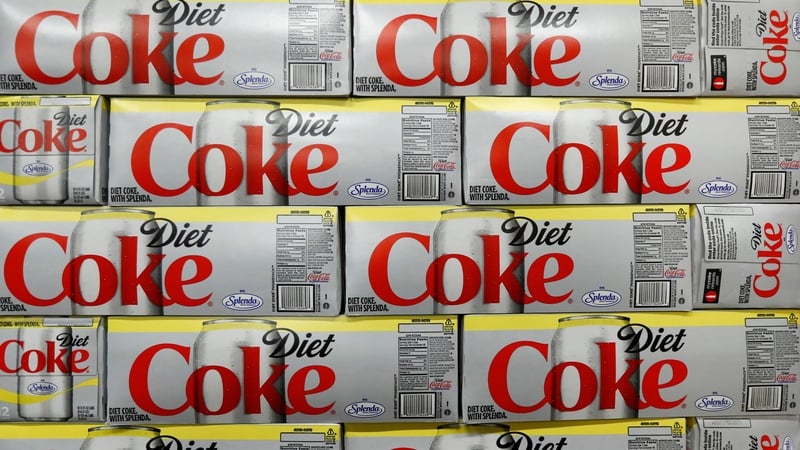Coca-Cola beats on zero-calorie drinks, higher prices; to launch cane sugar-based drink
Updated / Tuesday, 22 Jul 2025 15:14

Coca-Cola has today beaten estimates for quarterly revenue and profit, benefiting from resilient demand for zero-calorie drinks as well as higher pricing, and laid out plans to launch a new product made with cane sugar in the US this year.
Food companies are increasingly lookingto include healthier substitutes as they respond to Health Secretary Robert F Kennedy Jr’s Make America Healthy Again campaign.
Last week, President Donald Trump said Coca-Cola had agreed to use real cane sugar in the US.
While there are some slight differences between cane sugar and corn syrup as sweeteners, experts have said that too much of either is not good for consumers.
Coca-Cola already sells Coke made from cane sugar in other markets, including Mexico, and some US grocery stores carry glass bottles with cane sugar labeled “Mexican” Coke.
The switch to cane sugar will also drive up costs for the company, industry analysts have said. Changes in the formulation of the rest of the Coke sold in the US, and other beverages and candies, would involve significant adjustments to supply chains.
Rival PepsiCo, which topped quarterly earnings estimates last week, also said it would use natural ingredients in its products if consumers want it.
Coca-Cola reiterated that the hit to costs due to “global trade dynamics” remained manageable.
The company has said it would look at affordable packaging options such as plastic bottles when Trump imposed a 25% duty on aluminum imports. As of June, tariffs on aluminum imports have doubled to 50%.
Coca-Cola’s comparable revenue rose 2.5% to $12.62 billion in the second quarter, beating estimates of $12.54 billion, according to data compiled by LSEG.
Annual comparable earnings per share is expected to be near the top end of its target of a 2% to 3% rise, helped by a weaker dollar.
Volumes fell in North America “due to the continued uncertainty and pressure on some socioeconomic segments of consumers,” CEO James Quincey said on a post-earnings call.
Demand for pricey fizzy drinks has remained choppy in recent quarters, especially in developed countries as consumers, especially in lower-income segments, turned more price-sensitive.

Coca-Cola’s volumes slipped 1% in the three months ended June 27 after rising 2% each in the previous two quarters, largely due to declines in key markets such as Mexico and India, as well as for its Coca-Cola brand in the US.
Quincey added that a boycott-related hit to demand in the US and Mexico was now largely resolved.
Volumes had fallen in the first half of the year in North America due to Hispanic consumers in the US and Mexico boycotting the company’s legacy brands after a viral video of Coca-Cola laying off Latino staff and reporting them to Immigration and Customs Enforcement.
Prices rose 6% overall in the second quarter, led by increases in some inflationary markets.
Coca-Cola’s shares have risen 12.5% this year, as of yesterday’s close.
Coca-Cola Zero Sugar volume jumped 14%, driven by growth across all geographies, and was a bright spot in the quarter.
Excluding items, the company earned 87 cents per share, beating estimates of 83 cents.




